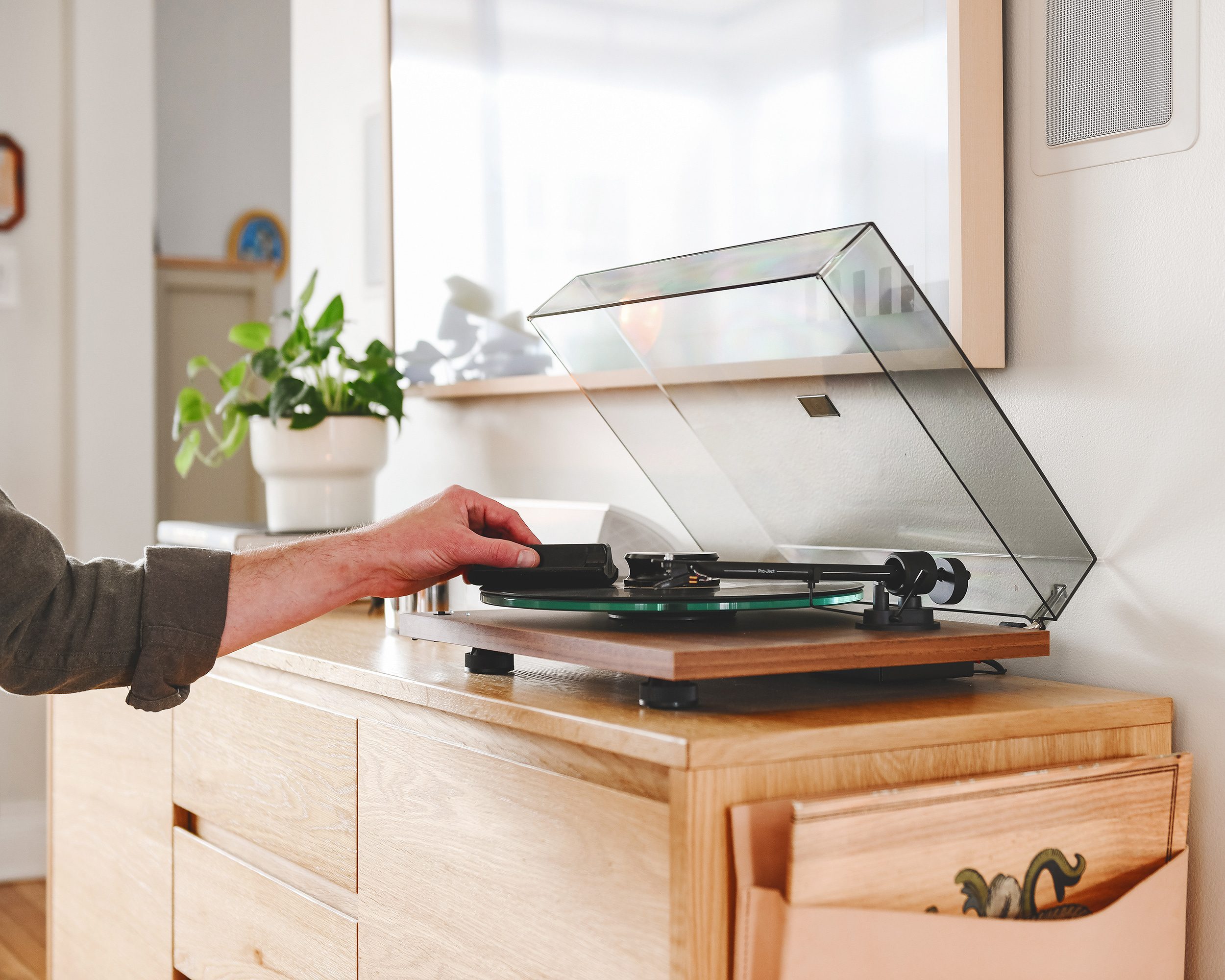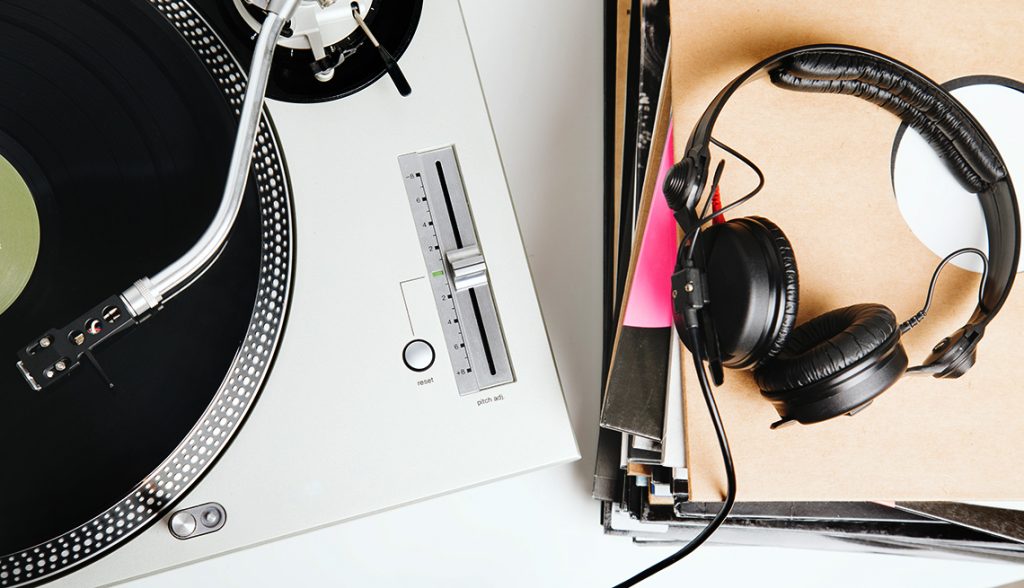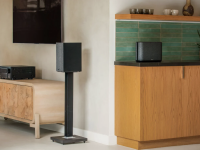The unique sound of vinyl
Tracing its roots back to the nineteenth century gramophone, the humble turntable has been entertaining us at home for generations. During that time, a myriad of rivalling technologies have come and, in many cases, gone. Even today, with the convenience and quality of High-Resolution music streaming services, vinyl still has wide appeal. Take a listen to a good turntable set-up and it’s easy to understand the enduring appeal. For depth of sound, musical nuance and sheer foot-tapping flow, few formats get to the heart of the music quite like vinyl does.
Why so quiet?
If you love music then having a record deck is hard to resist, but there’s a key factor to be aware of before taking the plunge and that is a turntable’s tiny output voltage. This unamplified output is created simply by the stylus’s force driving a tiny passive motor system within the turntable’s cartridge. To put some perspective on it, the standard output from a turntable is between 50 to 1500 times less than that of a line level source, such as a CD player or streamer. Because of this, if you plug a turntable into a regular Aux input, it’ll sound incredibly quiet – making your speakers sound like a pair of headphones left playing in the room.

Take a listen to a good turntable set-up and it’s easy to understand the enduring appeal.
The phono solution
The solution to inaudible playback is known as a phono pre-amp (aka phonostage). This amplifies the signal to a level that makes it compatible with a regular line level (Aux) input on a stereo amplifier or receiver. The phono pre-amp is incorporated into one of three sections of the signal path. You can find it in the turntable itself, within the amplifier or, if neither of these exists, via a separate phono pre-amp that plugs in between turntable and amp.
How do I know if I already have a phono pre-amp?
If you’re unsure as to whether or not your turntable or amp already has a phono pre-amp built in, here are a few handy pointers. For turntables, a USB output is a guarantee of a built-in phono pre-amp. Otherwise, look for a line/phono switch at the rear of the deck. With amplifiers, a dedicated turntable input is usually labelled ‘phono’, although you might need to double-check this, as some manufacturers label a regular line level input as ‘phono’ without actually including a built-in phono pre-amp. Check the amp’s instructions and see if it mentions ‘MM’ or ‘Moving Magnet’ as this usually indicates a phono input that’s ready to go with most turntables.
We’ve got the knowledge
One final warning. Never use the built-in phono pre-amps in a turntable and amp at the same time. This causes a burst of high-volume sound, with the distortion potentially damaging your amp or speakers. Although all this might seem a bit tricky, it’s quite straightforward and, once you’ve set up your deck, the sound quality makes it all worthwhile. Even after all this time, there’s still nothing to match the magic of vinyl. For more advice on turntables and pre-amps, pop into your local store or ask our knowledgeable telesales team.






